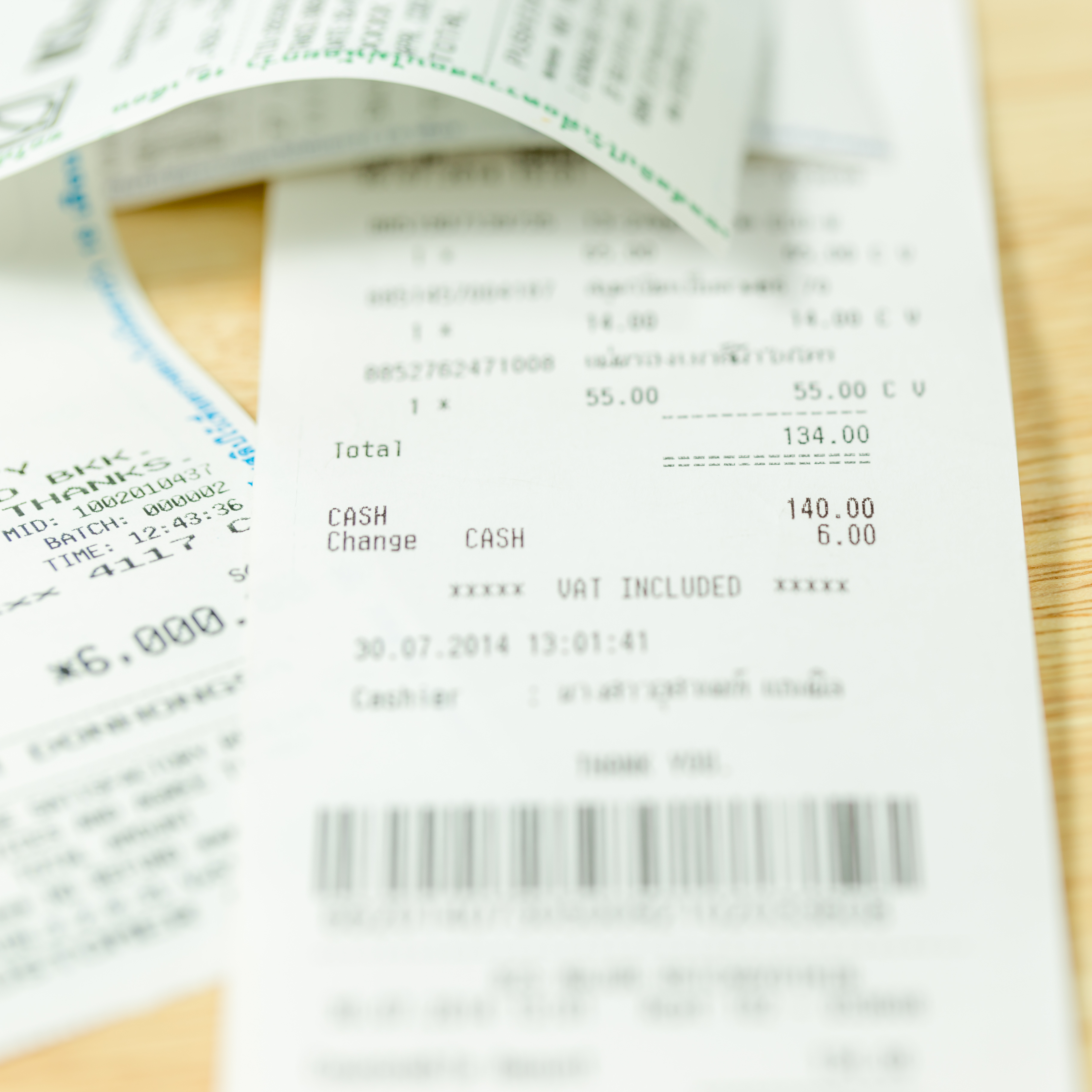(Finally) the End of Paper Receipts for Expense Reporting

The volume of receipts and other documents needed to finalize an expense submission can be overwhelming. But the latest digital systems, such as online expense management software, are making it easier than ever to eliminate paper. And that's a good thing; ask an employee who is trying to assemble his or her expense report or a finance department employee sorting through spreadsheets, receipts, and notes to make sense of it all. Here's a closer look at how the right tools can help companies eliminate paper receipts from their expense reimbursement process.
Paper Receipts and the Expense Reporting Process
The first time you submitted an expense report were you surprised to have to deal with so much paper? One expense report often needs to include: an itinerary, reservations, receipts, an overview of expenses, and a fax cover sheet. Then the employee has to copy everything into a nicer packet and fax it. Paper, paper, paper. Finally, the employee waits for confirmation and reimbursement. Many may be left wondering: "Sending papers through a fax machine? Really? What is this, 1989?"
How New Technologies Can Help
You can throw the fax machine back into the closet, and eliminate paper receipts with an expense management system. They allow companies to create customized, streamlined processes, with several features that dramatically improve the expense submission experience for employees. There are several features of expense management software that help businesses eliminate paper:
Helps establish clear expense policies: Instead of requiring employees to carry around expense-policy manuals, companies can ensure that copies are posted within the software. Specific rules can be used to guide employees on expense policies−whether general company rules or the guidelines of individual projects − as they submit expenses. Exceptions are immediately sent electronically to the appropriate manager for review and approval, rather than having to fax over the entire package of expenses for a signature.
Takes digital images of receipts: Receipts are an important part of the expense verification process. Carrying around receipts leaves them messy and crumpled, and creates an extra logistical step that causes employees who travel a lot to become frustrated. With some systems, such as ExpenseWire, employees can take pictures of receipts and effortlessly upload them with just a couple of clicks. Receipts sometimes go missing. The ability to take a digital image of an expense when a transaction occurs helps eliminate this problem. When you do lose a receipt, expense management systems may allow you to submit a form online with other backup such as a credit card receipts.
Allows data to be imported: Whether your employees use a company credit card or a personal charge account, ExpenseWire allows them to import credit card transactions directly into their expense report.
Reporting expenses doesn't have to feel like you're pushing around stacks of paperwork. Take a look at expense management systems like ExpenseWire and see how they can put you on the path to paperless, aggravation-less, expense reporting.
